Buy the photo Choral bridge Leiden with town hall in the background by Hendrik-Jan Kornelis on canvas, ArtFrame, poster and wallpaper, printed on demand in high quality.
About "Choral bridge Leiden with town hall in the background"
by Hendrik-Jan Kornelis
About the artwork
For centuries, corn was traded on the bridge. The first mention of a bridge at this location dates back to the 15th century. In 1642 this bridge was replaced by today's Choir Bridge with three arches and chic natural stone fronts. The first stone was laid on 15 December 1642. The underside of the bridge dates back to this time. The bridge owes its name to the fact that corn was traded there. In the 17th century, the bridge was renovated to a design by the architect Arent van 's-Gravesande from Leiden.
In 1824, a canopy was erected to protect the merchandise. The two canopies in neo-classical style were designed by Salomon van der Paauw, the city architect of Leiden. The canopy contains the coat of arms of Leiden (keys) surrounded by ears of corn. The corn was stored under the roof. The holes in the ceiling served as ventilation.
Since 1968 the object has been listed as a national monument in the Register of Monuments and Historic Buildings. In 1978 the canopies were radically restored. All the columns were replaced and the roof structures were partially renewed. Another type of slate roofing was also added to the roofs.
In March 2007 the bridge was restored because it was affected by wood rot and fungi. In November 2007 the bridge was partially destroyed by students protesting against the 1040-hour standard. The damage amounted to over 17,000 euros.

About Hendrik-Jan Kornelis
As a child, there was already a predilection for visual art. As a technician, I was always creative in products, services and working methods. In later years, more time was taken for my art (photography) passion... Read more…
 Germany
Germany Ordered in November 2024
Ordered in November 2024
 Germany
Germany Ordered in December 2019
Ordered in December 2019
 Germany
Germany Ordered in February 2024
Ordered in February 2024
 Germany
Germany Ordered in February 2023
Ordered in February 2023
 Netherlands
Netherlands Ordered in January 2023
Ordered in January 2023
 Germany
Germany Ordered in April 2025
Ordered in April 2025
 Germany
Germany Ordered in January 2020
Ordered in January 2020
 Netherlands
Netherlands Ordered in January 2022
Ordered in January 2022
 Germany
Germany Ordered in July 2019
Ordered in July 2019
 Netherlands
Netherlands Ordered in July 2017
Ordered in July 2017
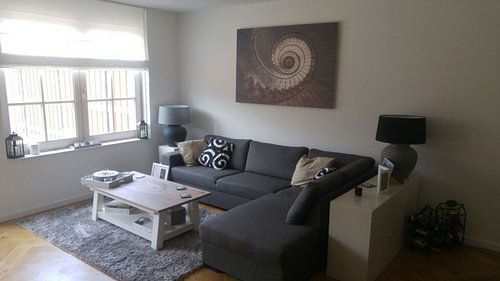
 Netherlands
Netherlands Ordered in September 2021
Ordered in September 2021
 Netherlands
Netherlands Ordered in February 2019
Ordered in February 2019
About the material
ArtFrame™
Interchangeable Art Prints
- High-quality print
- Easily interchangeable
- Acoustic function
- Large sizes available
Discover the artworks of Hendrik-Jan Kornelis
 Prinsengracht 322 AmsterdamHendrik-Jan Kornelis
Prinsengracht 322 AmsterdamHendrik-Jan Kornelis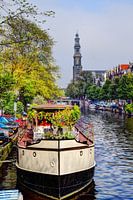 Westerkerk Amsterdam with boatHendrik-Jan Kornelis
Westerkerk Amsterdam with boatHendrik-Jan Kornelis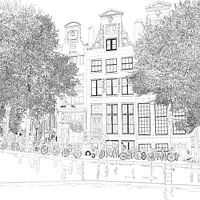 Pen Drawing Herengracht 392 Amsterdam SquareHendrik-Jan Kornelis
Pen Drawing Herengracht 392 Amsterdam SquareHendrik-Jan Kornelis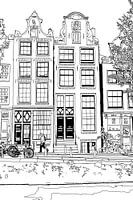 Drawing Brouwersgracht 48 AmsterdamHendrik-Jan Kornelis
Drawing Brouwersgracht 48 AmsterdamHendrik-Jan Kornelis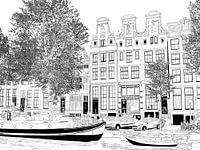 Drawing Herengracht 51-65 AmsterdamHendrik-Jan Kornelis
Drawing Herengracht 51-65 AmsterdamHendrik-Jan Kornelis Panorama Leidsegracht / Keizersgracht AmsterdamHendrik-Jan Kornelis
Panorama Leidsegracht / Keizersgracht AmsterdamHendrik-Jan Kornelis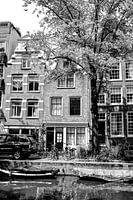 Nummer 1 Egelantiersgracht 54 Huis B&WHendrik-Jan Kornelis
Nummer 1 Egelantiersgracht 54 Huis B&WHendrik-Jan Kornelis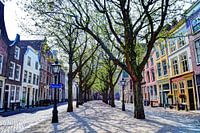 Hooglandse Kerkgracht Leiden The NetherlandsHendrik-Jan Kornelis
Hooglandse Kerkgracht Leiden The NetherlandsHendrik-Jan Kornelis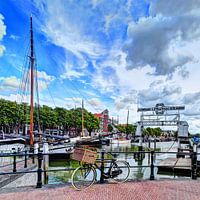 Nieuwe Haven Dordrecht NetherlandsHendrik-Jan Kornelis
Nieuwe Haven Dordrecht NetherlandsHendrik-Jan Kornelis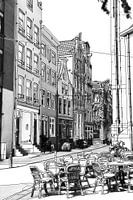 Noordermarkt Drawing AmsterdamHendrik-Jan Kornelis
Noordermarkt Drawing AmsterdamHendrik-Jan Kornelis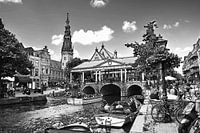 Drawing of City Hall and Kroonbrug Leiden NetherlandsHendrik-Jan Kornelis
Drawing of City Hall and Kroonbrug Leiden NetherlandsHendrik-Jan Kornelis Pen drawing Southern church Amsterdam KloveniersburgwalHendrik-Jan Kornelis
Pen drawing Southern church Amsterdam KloveniersburgwalHendrik-Jan Kornelis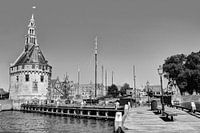 Hoorn Noord-Holland The Netherlands PortHendrik-Jan Kornelis
Hoorn Noord-Holland The Netherlands PortHendrik-Jan Kornelis Panorama Hoorn Oude Haven Kruittoren North Holland NetherlandsHendrik-Jan Kornelis
Panorama Hoorn Oude Haven Kruittoren North Holland NetherlandsHendrik-Jan Kornelis Cinque Terre Tuscany Italy OldHendrik-Jan Kornelis
Cinque Terre Tuscany Italy OldHendrik-Jan Kornelis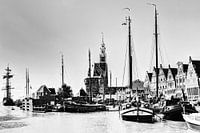 Hoorn Port North Holland Netherlands Black and WhiteHendrik-Jan Kornelis
Hoorn Port North Holland Netherlands Black and WhiteHendrik-Jan Kornelis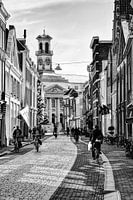 Town hall of Dordrecht Netherlands Black and WhiteHendrik-Jan Kornelis
Town hall of Dordrecht Netherlands Black and WhiteHendrik-Jan Kornelis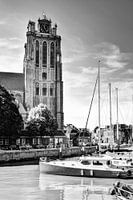 Our Lady Church in Dordrecht Netherlands Black and WhiteHendrik-Jan Kornelis
Our Lady Church in Dordrecht Netherlands Black and WhiteHendrik-Jan Kornelis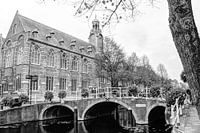 Nonnenbrug with Academy building Leiden Netherlands Black and whiteHendrik-Jan Kornelis
Nonnenbrug with Academy building Leiden Netherlands Black and whiteHendrik-Jan Kornelis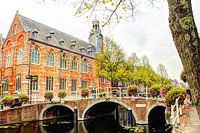 Nonnenbrug with Academy Building Leiden NetherlandsHendrik-Jan Kornelis
Nonnenbrug with Academy Building Leiden NetherlandsHendrik-Jan Kornelis
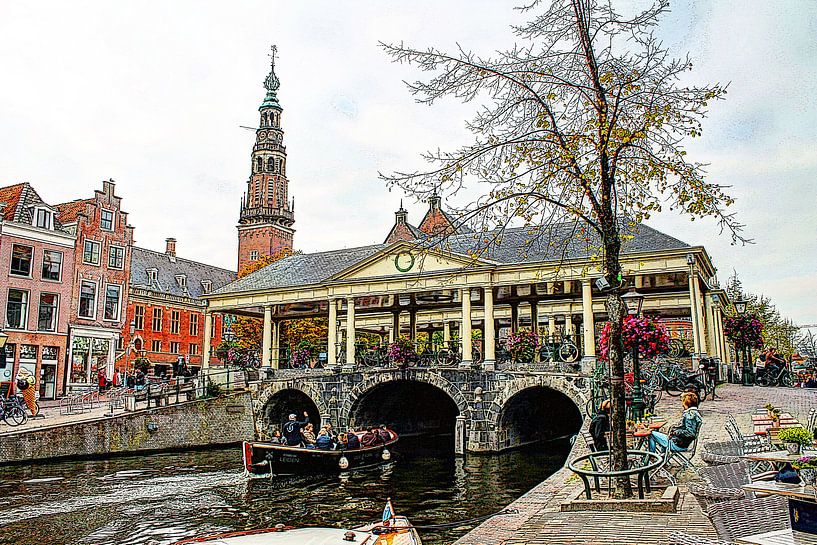


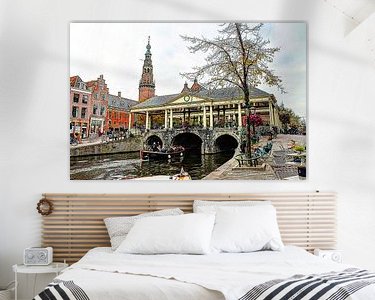


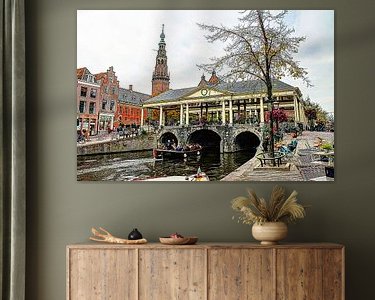

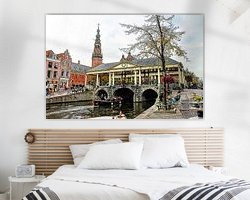

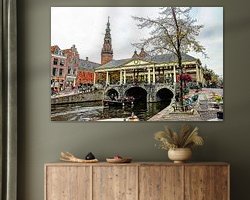

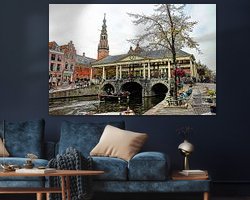
 Bridges
Bridges Church
Church Leiden
Leiden Photo wallpaper
Photo wallpaper Photography
Photography Romantic Moments
Romantic Moments Serene Peace
Serene Peace The Netherlands
The Netherlands Vibrant Colors
Vibrant Colors Winter
Winter









